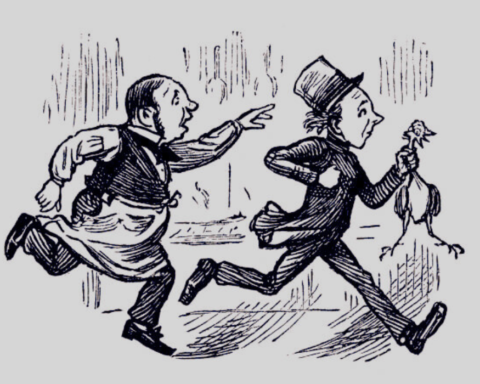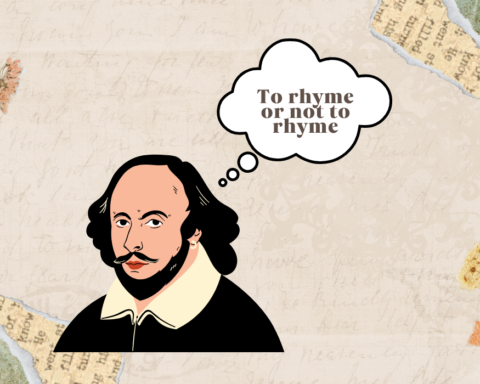In Russia throughout the 1920s, cosmism was the fad. The media broke the news of departure of hundreds of spaceships soon in the cosmos. People fantasized about setting colonies on the moon. Others held contests to develop rockets that could travel to the stars.
The concept of interstellar flight seemed to enthrall the entire population. This spaceflight in 1920s was named as the Soviet space program.
From the mid-1950s through the mid-1960s, the Union of Soviet Socialist Republics (USSR) competed with its Cold War enemy, the US. The Space Race was the name of this competition.
It included the creation of launch vehicles, unmanned craft satellites, and diverse spaceflight initiatives.
These accomplishments have persisted since 1991 guaranteeing Russia’s position as a space behemoth.
The unfolding activities in the backstory
A century ago, Russia was engulfed by a space fervor. Russian media printed 250 papers and over 30 nonfiction books about spaceflight from 1921 to 1932. The metaphysical affinity with space has long existed among Russians.
People have told stories, mythologies, and fables about space flight for generations. Cosmism, a mysterious 20th-century Soviet ideology, desired for mankind to transcend into the multiverse.
The 1920s was an optimistic era, following the 1917 Russian Revolution and the end of World War I. People aspired to get along and contribute to the creation of a socialist utopia
As a result, Russians uncovered Konstantin Tsiolkovsky, a local rocket scientist. He worked on calculations that demonstrated the feasibility of spaceflight.

Students at a Moscow university founded the nation’s inaugural space activism club. They named it the Society for the Study of Interplanetary Communication. Researchers and innovators gathered to work on concepts for life in space and traveling to other worlds.
Fridrikh Arturovich Tsander, one of the most famous members, created a portable greenhouse. It focused on a type of jet engine that could penetrate the atmosphere and supply vegetables to space explorers.
The Society’s greatest contribution was in popularizing the concept of spaceflight. Speeches and discussions were conducted in many cities, spreading the goal of exploring space.
Popular culture contributed to the space craze as well. The book Aelita: Sunset of Mars, by Aleksei Tolstoi, was first serialized in 1922–23.
The story revolves around a Russian engineer. There he instigates a revolutionary movement among the Martians. Aelita, the mythical ruler of Mars, aids the hero and eventually gets infatuated with him.
In 1924, a silent film based on a novel was released. A ubiquitous TV ad in the Russian magazines Pravda and Kinogazeta accompanied it. The movie was a hit, and it showcased exotic locales.
The world’s first global exposition on space flight was held in 1927 by Russian organizers. Over the course of two months, the fair attracted around 10,000 and 12,000 visitors.
This depicted a fictional world with blue plants, orange dirt, and straight canals. A silver rocket plummeted from the sky, and an astronaut perched on the rim of a pit.
The Russian space craze was winding down by the end of the 1920s. The authorities denied the Society for the Study of Interplanetary Communication as a legitimate organization. The reason presented was a lack of technical expertise among the group’s members.
People’s enthusiasm dimmed when they realized that their dream is far away. The idea vanished from most people’s thoughts as a result of extreme misery and the escalating Stalinist pogroms.
However, this frenzy aided in the initial domination of Russia in the space race.
The events of the space race
The Space Race was a rivalry in the 20th century to develop greater flight capacity. Its roots can be traced back to the post-World War II nuclear arms competition based on ballistic missiles.
On August 2, 1955, the competition got underway. The US and Russia competed to assert their position as the global hegemon in the domain of space.
Sputnik 1
The world totally transformed when the Soviet Union launched its first aircraft. It was on 4 Oct 1957, when Sputnik first invaded the atmosphere. This innovation was never seen before, and the potential and risks were limitless.
It had a significant impact on both countries’ national objectives. Sputnik is often regarded as the “initial point” of the Space Race.

Sputnik 2
Only around a month after Sputnik I, the Soviets launched Sputnik II. Laika, a Russian dog, set a record by becoming the first living entity to be sent into space.
To study the impact of space on creatures and to analyze the living conditions, Laika was launched. But, she died due to the launching stress.
Explorer 1
In reply to Sputnik I the US launched a satellite 80.75 inches in length. The full Launchpad assembly was 71.25 feet tall. The introduction of Explorer 1 garnered international attention.
However, it paled in comparison to the two satellites already in orbit.
NASA’s creation
NASA’s creation on July 29, 1958, was the first tangible move toward a pledge to dominate the Space Race. President Dwight Eisenhower approved the National Aeronautics and Space Act for the creation of an organization devoted to space exploration.
Luna 1
The Soviets sent out an aircraft across the space station on January 2, 1959. Two days after launch, it traveled roughly 5,000 kilometers above.

Vostok 1
Yuri Gagarin becomes the first human in space and the first person to orbit the Earth simultaneously. Countless were startled by his 1 hour and 48-minute trip, but his safe return was the crowning glory.
This was a pivotal event for the Soviet space program, as well as a humiliating setback for NASA experts.
Mercury Redstone
After accomplishing a suborbital trip in just 15 minutes, Alan Shepard becomes the first American to do so.
The Kennedy’s pledge
On 25 May 1961, President Kennedy guaranteed an American astronaut on the moon. He said this while speaking before a congress session.
Vostok 2
Gherman Titov, Vostok 1’s support pilot, became the second person to circumnavigate the globe. He was in space for more than a day, becoming a test pilot for the effects of space on people.
Mercury Atlas 6
The first person from the US to orbit the Earth is John Glenn on February 20, 1962. While NASA scientists rejoiced, they were still scientifically behind the Soviets.
Sergey Korolyov death
Sergey Korolyov passed away on January 16, 1966, after a cardiac arrest. The triumph of the Sputnik and Vostok programs was primarily due to his efforts.
Luna 12
This Soviet satellite captured the first photographs of the moon’s far side on October 22, 1966. Three days after launch, it reached lunar orbit.
Apollo 1
The command module of the Apollo 1 aircraft caught fire, resulting in disaster. The deaths of Gus Grissom, Edward White, and Roger Chaffee were shown live on TV to masses of people across the world.
It was a major setback for those hoping for the US to lead the space race.
Apollo 8
The first effective spaceflight voyage reached the moon, which turned the tide of the Space Race. These astronauts took images that were extremely important in the formation of the Apollo 11 landing.
Apollo 11
Kennedy made a vow, and Neil Armstrong, Buzz Aldrin, and Michael Collins kept it. Four days after launch, they landed on the surface of the moon.
Conclusion
Reflecting closely, it’s difficult to see the two global giants investing large sums in exploring space to “out-do” each other. The most crucial battlefield of the Cold War, nonetheless, was space.
Enhanced scientific technology sent a signal that led to a variety of different inferences. These included defense capabilities.
The triumph of Apollo 11 cemented the US’ place in the world, surpassing all prior Russian achievements. Over a billion people watched the momentous flight, and the sensation of domination was palpable among Americans.
The moon mission instilled an unshakeable sense of national pride in the nation. The US had triumphed in the Space Race, a battle far more important than any worldly conflict.
Political Tensions remained high but the Americans recovered faith in their country’s “superiority.”
On July 17, 1975, the space race finally ended. It was when the US and the Soviet Union met in orbit and exchanged pleasantries during the Apollo-Soyuz mission.
Politigory provides in-depth reviews of science, history, humanities, religion, social sciences and arts









